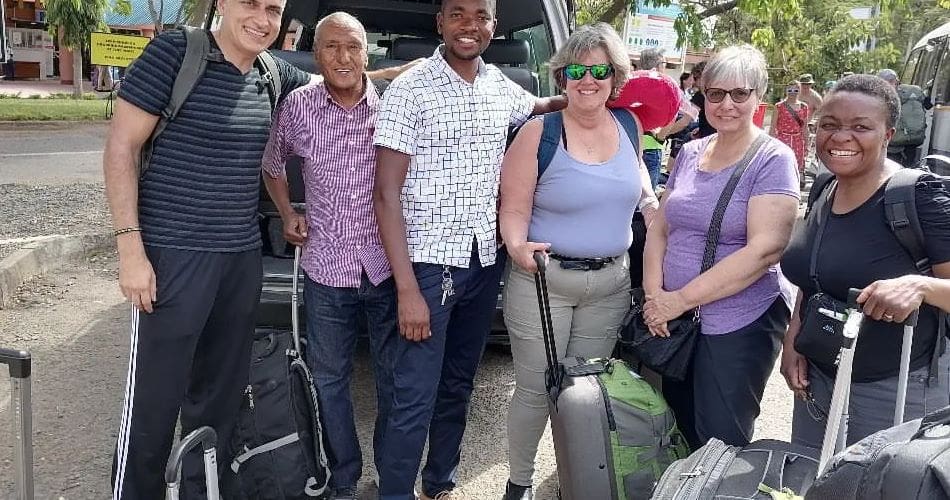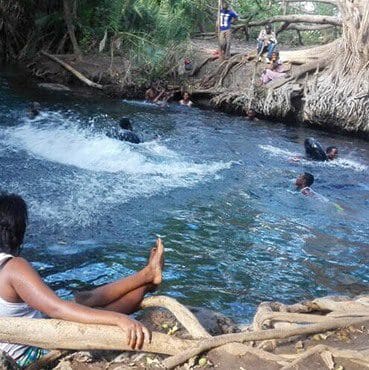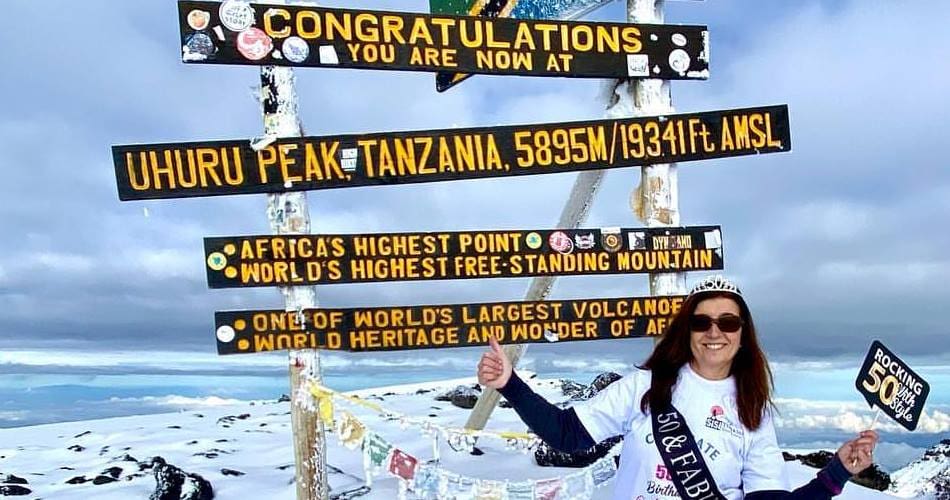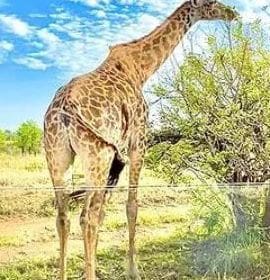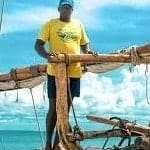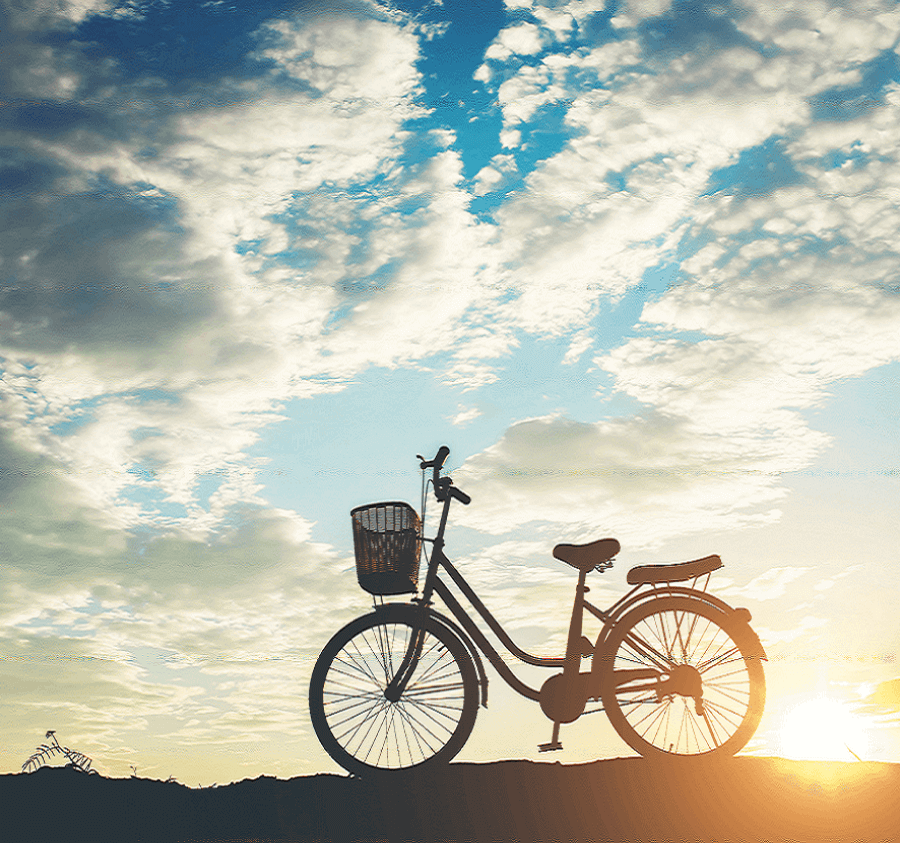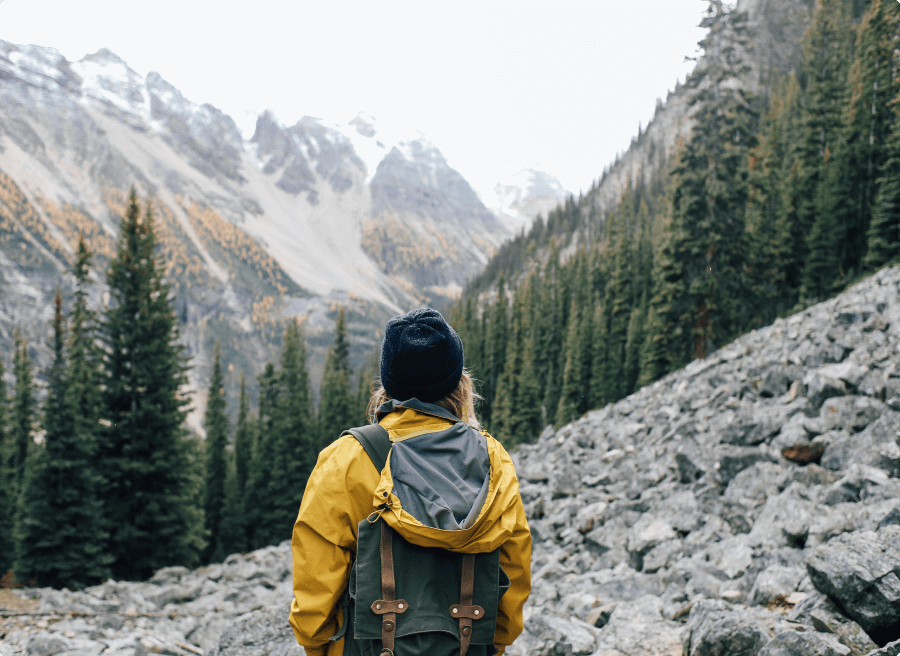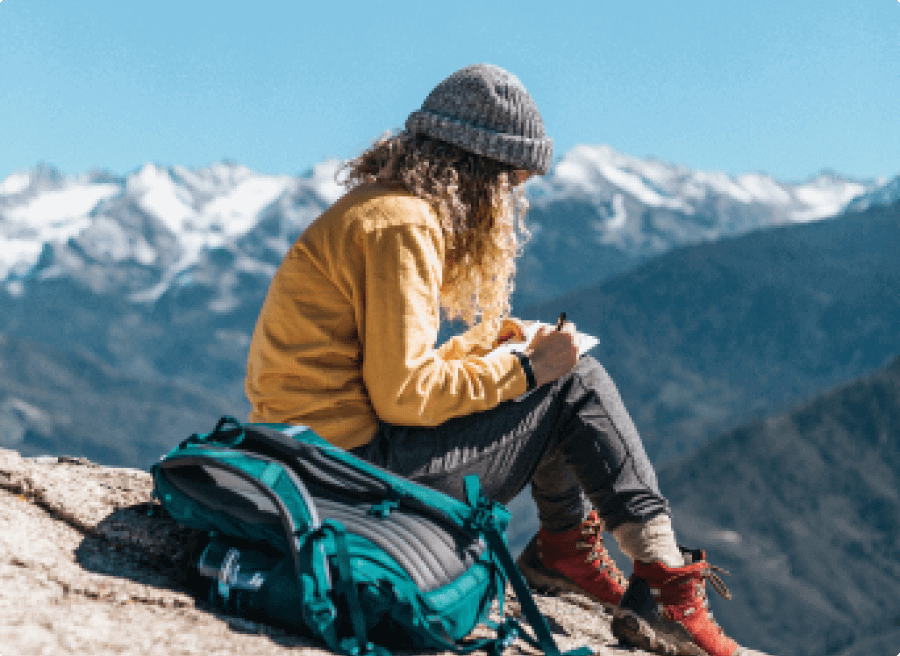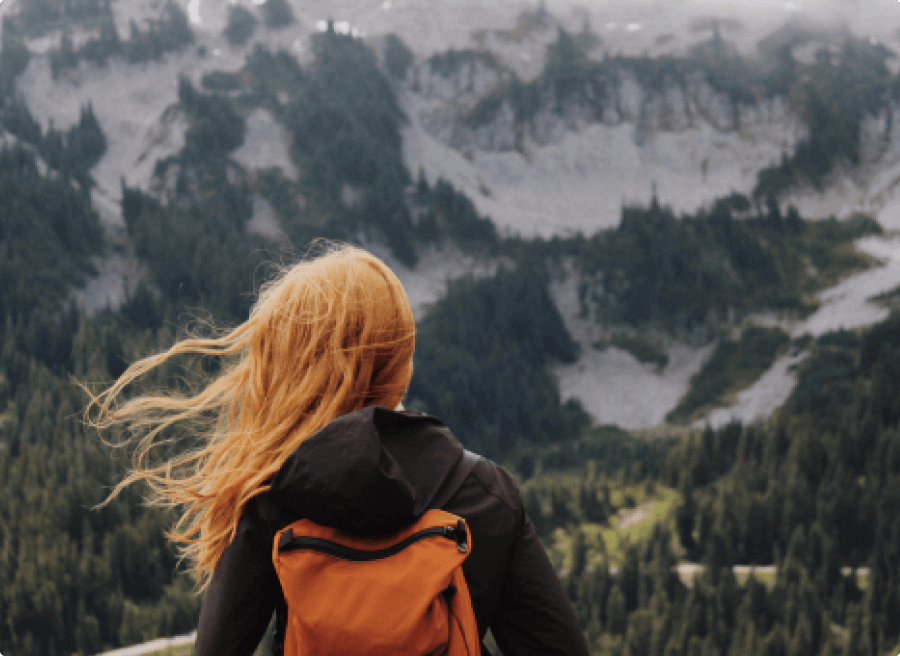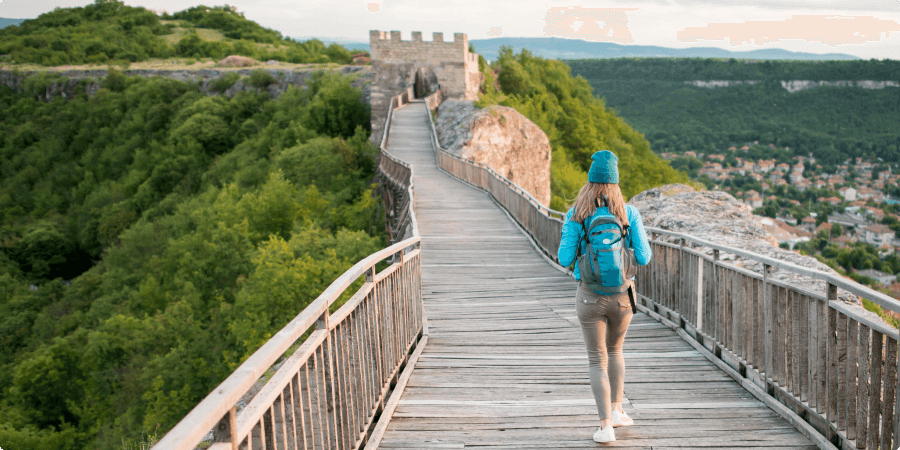Mount Kilimanjaro offers 7 stunning facts about its 19,341-foot height, rich biodiversity, and epic trails. Get inspired to explore it today!
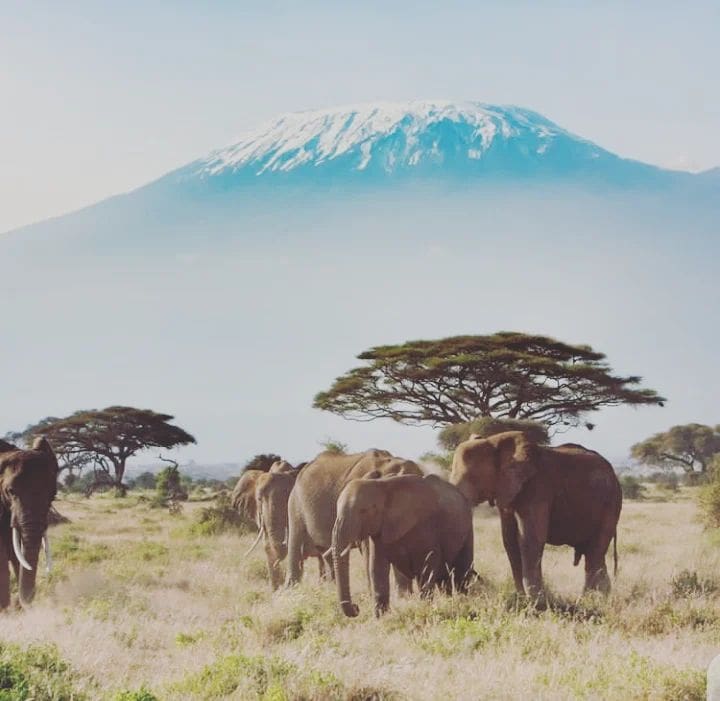
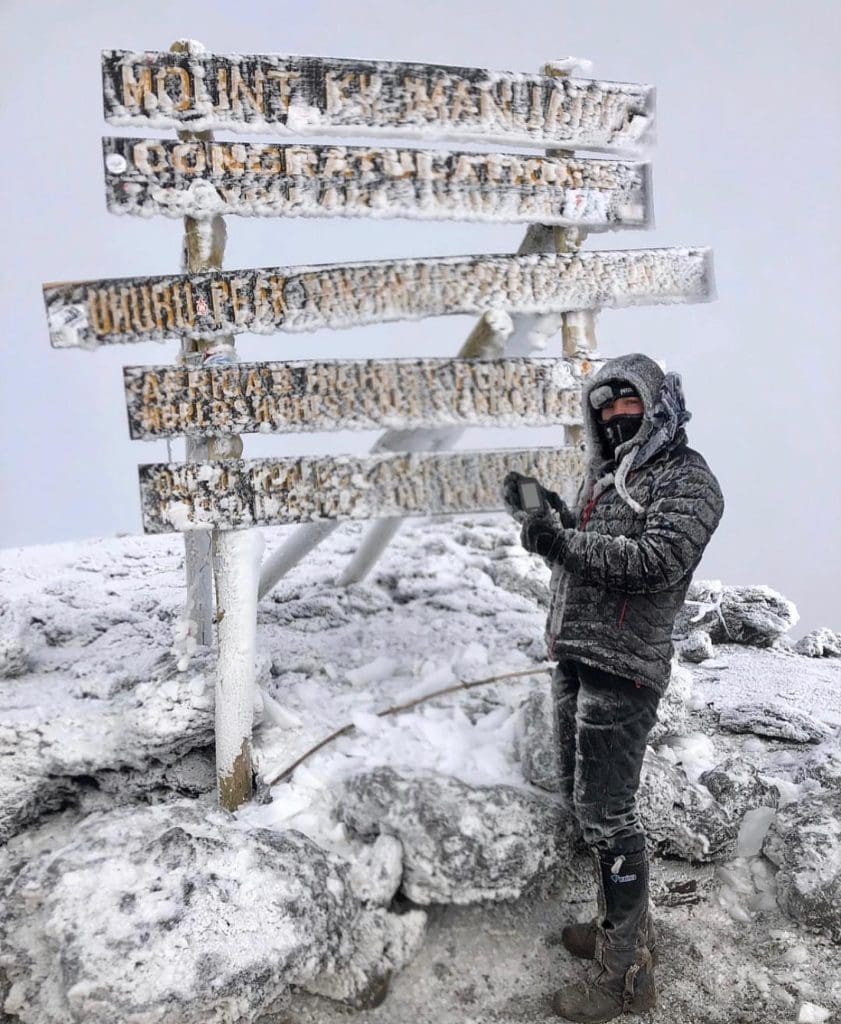
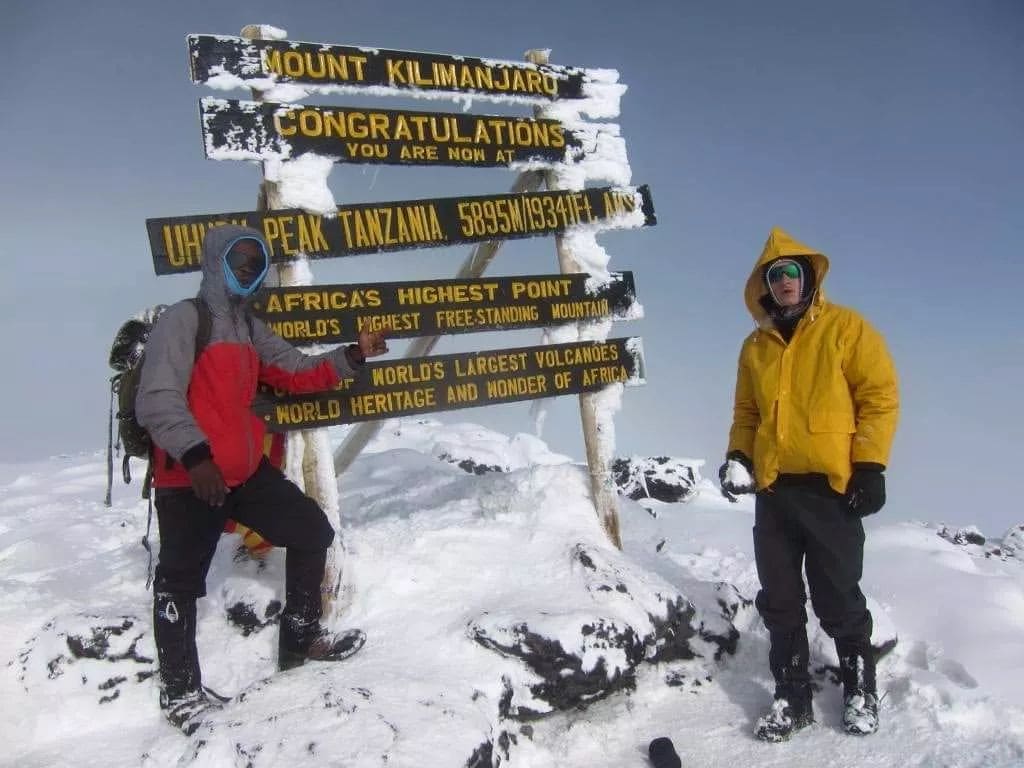
Mount Kilimanjaro
Mount Kilimanjaro is one of the world’s most iconic landmarks, towering over the African savannah at 19,341 feet (5,895 meters) above sea level. Located in Tanzania, it is the highest mountain on the African continent and the highest free-standing mountain in the world. The mountain is a dormant volcano, consisting of three distinct volcanic cones: Kibo, Mawenzi, and Shira.
Climbing Mount Kilimanjaro is a bucket-list experience for many adventure seekers. While it is a challenging climb, it does not require any technical climbing skills or equipment. However, the altitude and the physical demands of the climb make it a formidable challenge. Despite this, thousands of people attempt the climb each year, with a success rate of around 60-70%. The climb offers stunning views of the surrounding landscape, including the African plains, forests, and glaciers.
Geography
Mount Kilimanjaro is located in Tanzania, East Africa. It is the highest mountain in Africa and the highest free-standing mountain in the world. Kilimanjaro is situated near the equator, approximately 330 km south of the equator, and about 100 km southeast of Lake Victoria.
Location
Mount Kilimanjaro is located in northern Tanzania, near the border with Kenya. It is situated in Kilimanjaro National Park, which covers an area of 1,688 square kilometers.
Topography
Kilimanjaro is a stratovolcano with three distinct volcanic cones: Kibo, Mawenzi, and Shira. Kibo is the highest peak, rising to an elevation of 5,895 meters (19,341 feet) above sea level. Mawenzi is the second-highest peak, rising to an elevation of 5,149 meters (16,893 feet) above sea level. Shira is the third-highest peak, rising to an elevation of 3,962 meters (12,998 feet) above sea level.
Climate
The climate on Mount Kilimanjaro varies depending on the altitude and time of year. The lower slopes of the mountain are generally warm and humid, with temperatures ranging from 25°C (77°F) to 30°C (86°F). As you ascend the mountain, the temperature drops and the climate becomes colder and drier. At the summit, temperatures can drop to as low as -20°C (-4°F).
The mountain has five distinct climate zones: the cultivated zone, the rainforest zone, the heather-moorland zone, the alpine desert zone, and the arctic zone. The cultivated zone is located at the base of the mountain and is characterized by fertile soils and lush vegetation. The rainforest zone is located between 1,800 and 2,800 meters (5,900 and 9,200 feet) above sea level and is characterized by dense vegetation and high rainfall. The heather-moorland zone is located between 2,800 and 4,000 meters (9,200 and 13,100 feet) above sea level and is characterized by heather and grasses. The alpine desert zone is located between 4,000 and 5,000 meters (13,100 and 16,400 feet) above sea level and is characterized by sparse vegetation and harsh conditions. The Arctic zone is located above 5,000 meters (16,400 feet) above sea level and is characterized by snow and ice.
History
Mount Kilimanjaro is not only one of the most recognizable landmarks in Africa, but it is also one of the most historically significant. From its early days as a sacred site for local tribes to its modern status as a popular hiking destination, Kilimanjaro has played an important role in the history of the region.
Early History
The exact origins of Kilimanjaro are shrouded in mystery. However, it is believed that the mountain was formed around three million years ago as a result of volcanic activity. For centuries, the mountain was revered by the Chagga people who believed that it was the dwelling place of their god, Ruhanga.
Colonial Era
In the late 19th century, Kilimanjaro became a focal point for European explorers and adventurers. In 1889, German geographer Hans Meyer became the first person to summit the mountain. This achievement helped to put Kilimanjaro on the map and sparked a wave of interest in the region.
During the colonial era, Kilimanjaro was part of German East Africa. The mountain was used as a base for German troops during World War I, and it was later ceded to the British as part of the Treaty of Versailles.
Modern History
In the years following World War II, Kilimanjaro began to attract a growing number of tourists. Today, the mountain is one of the most popular hiking destinations in the world, with thousands of people attempting to summit it every year.
In recent years, there has been growing concern about the impact of tourism on Kilimanjaro. In particular, there are fears that the mountain’s glaciers may disappear in the coming decades due to climate change. Despite these concerns, Kilimanjaro remains an important symbol of Africa’s natural beauty and cultural heritage.
Climbing Routes
When it comes to climbing Mount Kilimanjaro, there are several routes to choose from. Each route has its own unique characteristics, difficulty level, and scenery. In this section, we will explore the five main routes to the summit of Kilimanjaro.
Marangu Route
Also known as the “Coca-Cola Route,” the Marangu Route is the most popular and well-established route to the summit of Kilimanjaro. This route is known for its comfortable huts and well-maintained trails. However, it is also the least scenic and has the lowest success rate due to its rapid ascent. The Marangu Route takes five to six days to complete.
Machame Route
The Machame Route, also known as the “Whiskey Route,” is a popular choice for climbers seeking a more challenging and scenic route. This route is known for its steep ascents and descents, as well as its stunning views of the mountain. The Machame Route takes six to seven days to complete.
Lemosho Route
The Lemosho Route is known for its beautiful scenery and high success rate. This route is less crowded than other routes, and it offers a more gradual ascent, which can help climbers acclimatize to the altitude. The Lemosho Route takes seven to nine days to complete.
Rongai Route
The Rongai Route is the only route that approaches Kilimanjaro from the north. This route is known for its remote wilderness and stunning scenery. The Rongai Route takes six to seven days to complete and has a high success rate.
Umbwe Route
The Umbwe Route is the shortest and most direct route to the summit of Kilimanjaro. This route is known for its steep and challenging terrain, and it is recommended only for experienced climbers. The Umbwe Route takes five to six days to complete.
In summary, each route has its own unique characteristics and challenges. It is important to choose the right route based on your experience level, fitness level, and personal preferences. We recommend doing a thorough research and consulting with a reputable tour operator before embarking on your Kilimanjaro climb.
Preparation
Before attempting to climb Mount Kilimanjaro, preparation is key. Proper preparation will ensure a safe and successful climb. In this section, we will discuss the three main areas of preparation for climbing Kilimanjaro: Physical Fitness, Gear and Equipment, and Altitude Sickness.
Physical Fitness
Climbing Mount Kilimanjaro is a strenuous activity that requires a good level of physical fitness. It is recommended to start training at least 3-6 months before the climb. We recommend the following exercises to prepare for the climb:
- Cardiovascular exercises such as running, cycling, and swimming to improve endurance
- Strength training exercises such as squats, lunges, and push-ups to build muscle strength
- Hiking on steep terrain to simulate the conditions on Kilimanjaro
It is important to consult with a doctor before starting any new exercise routine.
Gear and Equipment
Having the right gear and equipment is crucial for a successful climb. Here is a list of essential items to bring on the climb
It is important to rent or purchase gear and equipment from a reputable company to ensure quality and safety.
Altitude Sickness
Altitude sickness is a common concern for climbers on Mount Kilimanjaro. It is caused by the decrease in air pressure and oxygen levels at high altitudes. Symptoms include headache, nausea, and dizziness. To prevent altitude sickness, we recommend the following:
- Ascend slowly and take frequent breaks
- Drink plenty of water to stay hydrated
- Consider taking medication such as Diamox to help prevent altitude sickness
It is important to monitor your symptoms and inform your guide if you experience any signs of altitude sickness.
By following these guidelines for physical fitness, gear and equipment, and altitude sickness, we can prepare ourselves for a safe and successful climb up Mount Kilimanjaro.
Guides and Porters
When it comes to climbing Mount Kilimanjaro, having competent and high-quality guides and porters is crucial. At our company, we pride ourselves on having the best guides on the mountain. We handpick our Kilimanjaro guides to ensure that you get the very best leadership during your climb. Our guides have years of experience and training, and they are knowledgeable about every nook and cranny of Kilimanjaro.
We understand that the success of your climb largely depends on the quality of the support staff. That’s why we take great care in selecting our porters, who are an essential part of your Kilimanjaro experience. Our porters are well-trained, experienced, and dedicated to providing you with the best possible service. They will carry your equipment, set up your camp, and prepare your meals, allowing you to focus on the climb.
We are committed to providing our guides and porters with fair wages, proper equipment, and good working conditions. We believe that this not only benefits our staff but also contributes to the overall success of your climb. We are proud to support the Mount Kilimanjaro Porters Society, which advocates for the welfare of porters on the mountain.
In conclusion, our guides and porters are an integral part of our team, and we take great pride in their professionalism and dedication. We are confident that they will provide you with the best possible experience during your climb of Mount Kilimanjaro.
Environmental Concerns
As we explore the natural beauty of Mount Kilimanjaro, we must also be aware of the environmental concerns that threaten this unique ecosystem. Climate change is the most significant threat to the mountain’s environmental health. The glaciers on the mountain’s summit are melting at an alarming rate due to rising temperatures, and scientists predict that they will disappear entirely within the next few decades. This will have a significant impact on the local ecosystem and the people who rely on it.
Fires are another significant concern for Mount Kilimanjaro’s environment. In 1996 and 1997, fires destroyed vast areas of the cloud forest on the mountain. These forests are characterized by their moist environments, which create unique habitats for animals and plants. The loss of these forests has had a severe impact on the mountain’s ecosystem, and the recent fires have only increased the threat to the remaining forests.
Deforestation is also a concern for Mount Kilimanjaro. The forests on the mountain’s slopes are home to a variety of wildlife, including elephants, leopards, and monkeys. However, as the demand for wood and other resources increases, more and more of these forests are being cleared. This not only threatens the animals’ habitats but also contributes to soil erosion, which can lead to landslides and other natural disasters.
As we continue to explore and enjoy the natural beauty of Mount Kilimanjaro, we must also take responsibility for protecting its environment. By reducing our carbon footprint, supporting reforestation efforts, and promoting sustainable tourism practices, we can help ensure that this unique ecosystem remains healthy and vibrant for generations to come.
